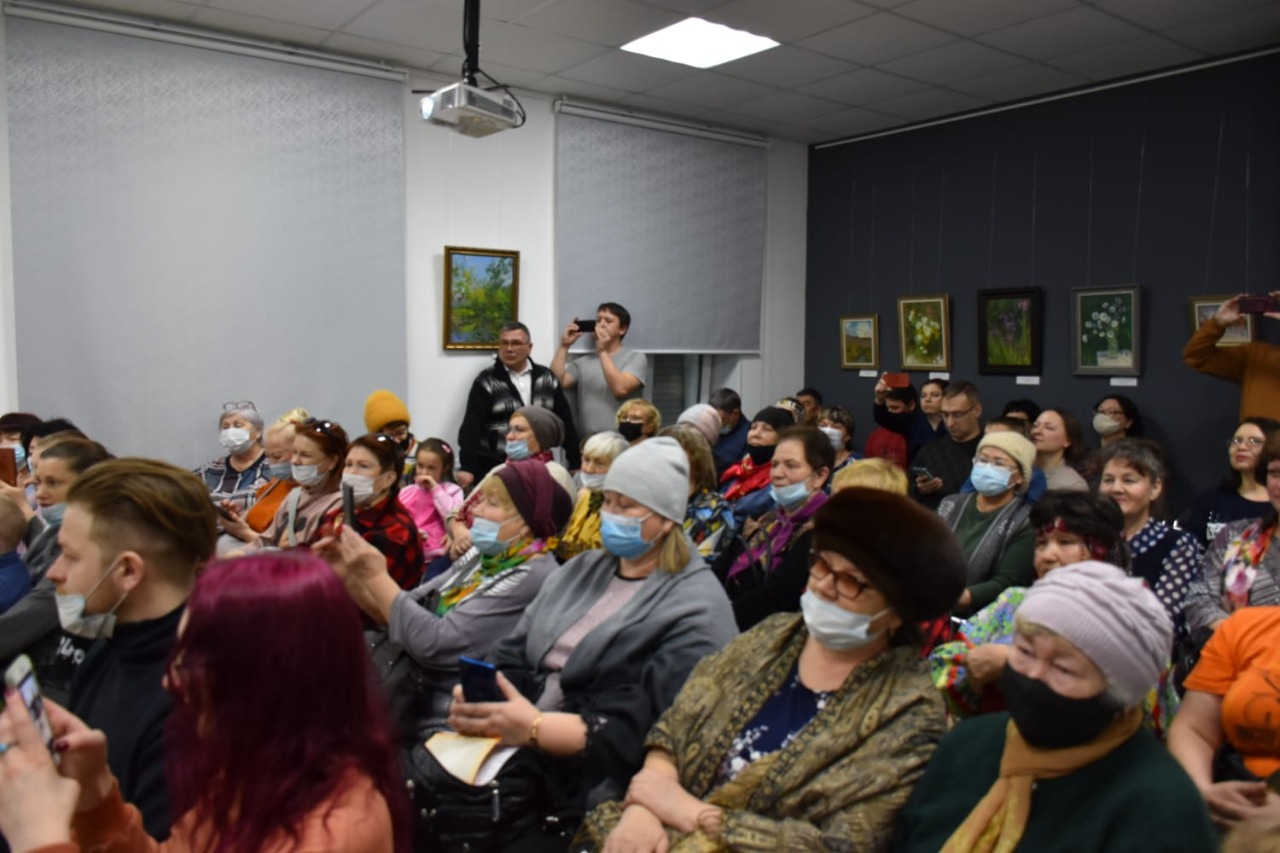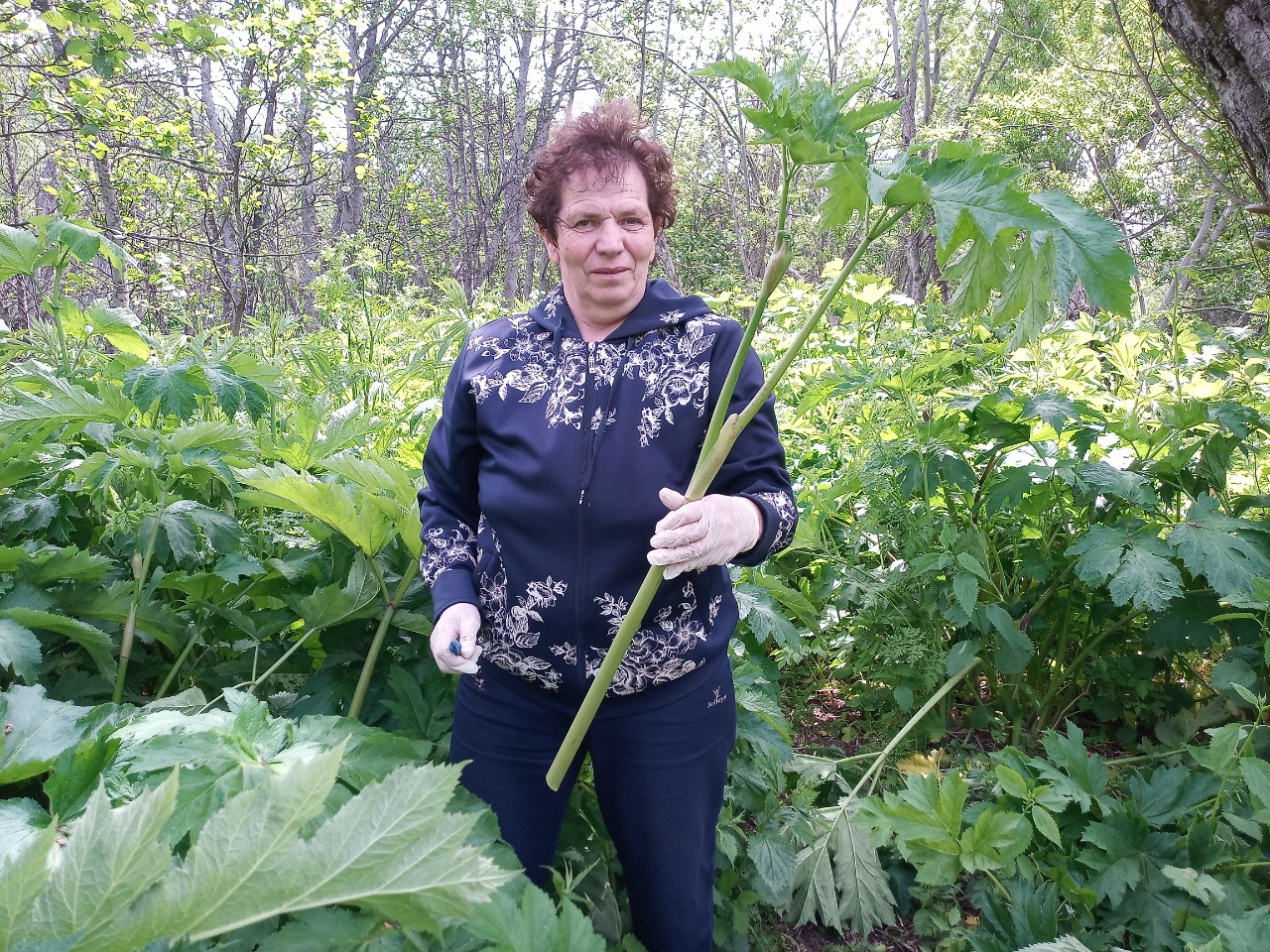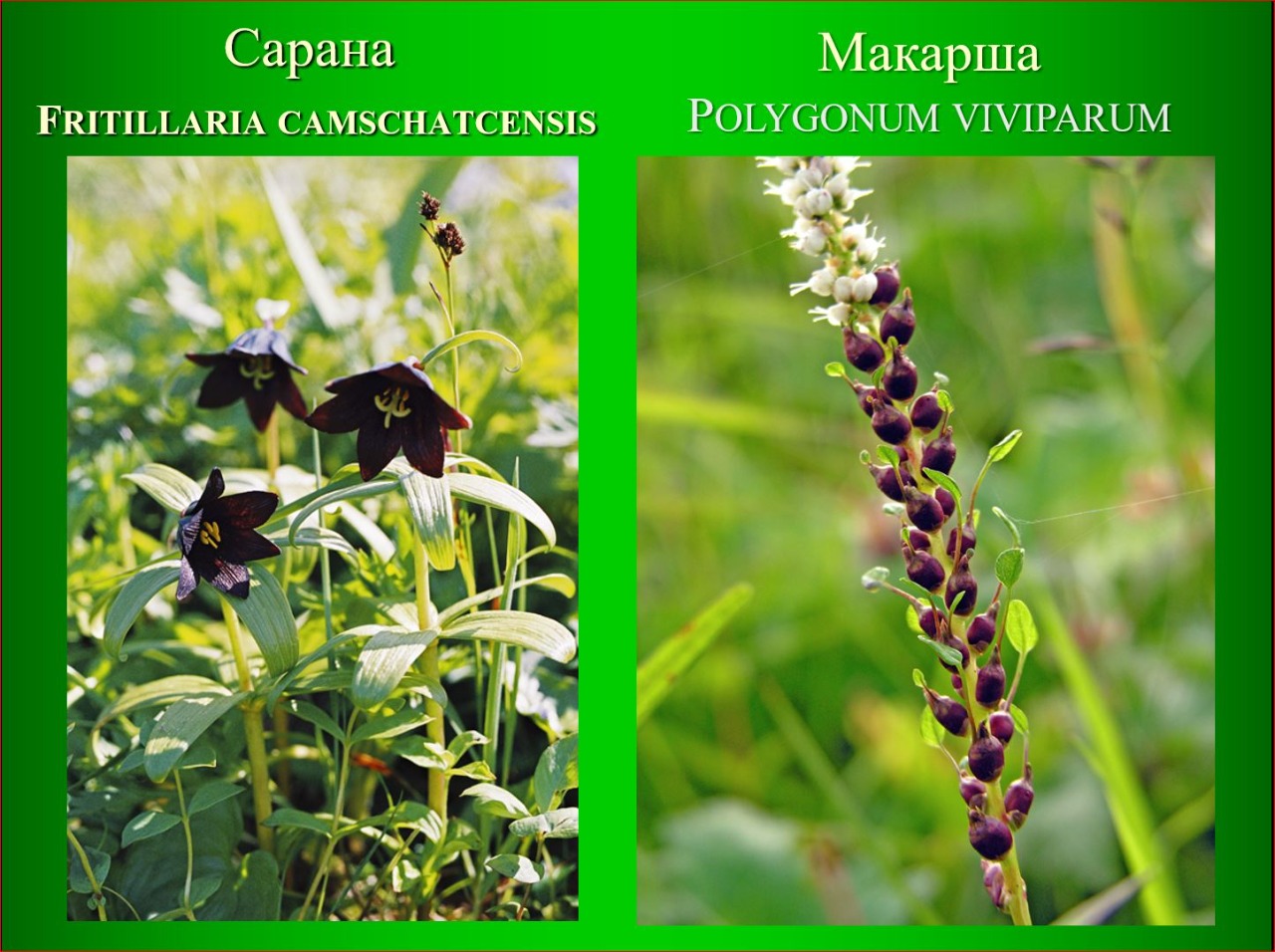On February 27, Yelizovo Central library hosted an exhibition-tasting of indigenous minorities of the north national cuisine. The fascinating gastronomic journey featured a variety of Kamchatka dishes: dried caviar, artemisia soup, seal meat and fat, Kamchatka flatbread, Koryak bread and others. Participants of the exhibition spoke about their favourite dishes and peculiarities of national cuisines.

Historical and Cultural Heritage Preservation Department of the Commander Islands Nature Reserve, together with Tuluma Aleutian ancestral community, also presented its dishes: fermented tukals, pickled young shoots of willowherb, dried alaria blades, as well as sun-dried seal meat. The story of insular cuisine was accompanied by a colorful presentation and evoked a lively response from the audience. It completed a series of presentations, followed by tasting and exchange of recipes.

Irina Erikovna Gorbunova, employee of Historical and Cultural Heritage Preservation Department of the Commander Islands Nature Reserve, aleut, during the harvest of Heracleum lanatum
At first, the pickled shoots of the narrow-leaved willowherb were mistaken for a well-known bracken. What a surprise it when the participants found it, that it was another well-known plant – in fact, an omnipresent weed. Tea from its leaves is known to everyone, tolkushas with the use of sweet stems is casual for indeginous people, but the canned version was shown here for the first time. This recipe was born on Bring Island in the middle of the hungry 1990s. Then I experimented a lot with preserving wildplant products. I tried to ferment and marinate both willowherb and Streptopus (Streptopus amplexifolius), but the most delicious dish turned out to be from tukal.
.jpeg)
Preserved tukals (Heracleum shoots)
On the Commandors, tukals is the name for hogweed flower bearing stems (Heracleum lanatum). In Kamchatka, the name includes leaf petiole. The plant itself is often referred in Russian as “puchka”. Young greens and juicy tukals have traditionally been used in both our and Alaska foods. There it is called Indian celery. At a time when the inflorescence is just forming, the young cleansed part of the flower bearer is edible. Later it becomes fibrous and rigid. Choosing a sweet tukal requires experience and observation – you shouldn't cut off the parts with reddish veins, usually they are bitter and burn harder.

All hogweed have an unpleasant property – they "burn". The plant contains furanocoumarin, which, in contact with the skin, causes increased sensitivity of the affected area to sunlight. If you do not observe the precautions, you can get severe burns that do not appear immediately and last for a very long time (from several months to several years). Therefore, it is necessary to collect tukals in protective clothes, preferably on a cloudy day. If touching the exposed area of the skin has occurred, it is necessary to protect it from the sun and rinse it with running water. It sounds complicated, but in fact even children coped with it. However, now it became much more difficult to collect – Kamchatka was invaded by Sosnovsky hogweed, which is bigger and causes very strong burns. It is not used in food. Therefore, you need to be extremely careful not to confuse a harmless sweet aboriginal with an aggressive alien species.

Young Shoots of willowherb
Hogweed was traditionally eaten fresh, in salads, fish soups and other soups, as foundation for kvass and brew and as source of sugar. We offered an equally tasty sour option. A jar of canned tukal disappeared in an instant, as people took some to taste. We can speak about hogweed, willowherb and other food plants for a long time. As well as national blood soups, tolkushas and many more. At the tasting, the participants shared their knowledge and experience. The event turned out to be very interesting and practical.
Author: Natalya Aleksandrovna Tatarenkova









